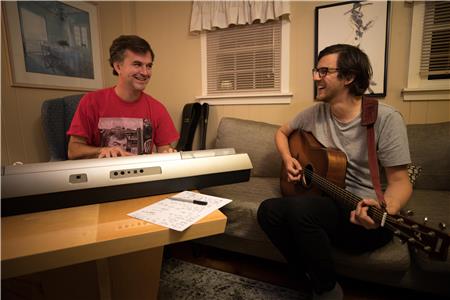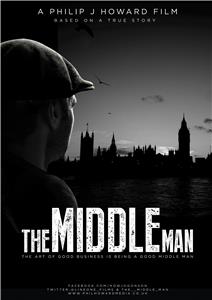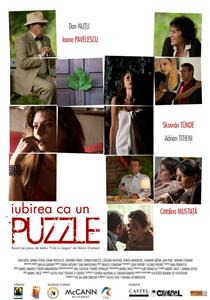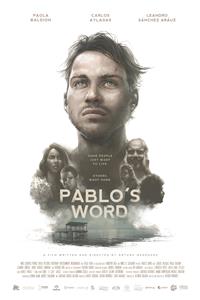The Moon and Sixpence (1942) Online

Loosely inspired by Gauguin's life, the story of Charles Strickland, a middle-aged stockbrocker who abandons his middle-class life, his family, and his duties to start painting, as he has always wanted to do. He is from then on a awful human being, wholly devoted to his ideal: beauty.
| Complete credited cast: | |||
| George Sanders | - | Charles Strickland | |
| Herbert Marshall | - | Geoffrey Wolfe | |
| Doris Dudley | - | Blanche Stroeve | |
| Eric Blore | - | Capt. Nichols | |
| Albert Bassermann | - | Dr. Coutras | |
| Florence Bates | - | Tiare Johnson | |
| Steven Geray | - | Dirk Stroeve (as Steve Geray) | |
| Elena Verdugo | - | Ata |
The rights to this film were originally bought by RKO in 1932 as a vehicle for John Barrymore.
'Herbert Marshall (I)' plays the writer Geoffrey Wolfe, a fictional alter ego of author W. Somerset Maugham. Marshall played Somerset Maugham in The Razor's Edge (1946), and appeared in several adaptations of Maugham's works, including The Painted Veil (1934) and both the 1929 and 1940 versions of The Letter (1940).
George Sanders, Herbert Marshall and Albert Bassermann also acted together in Alfred Hitchcock's Foreign Correspondent.
Herbert Marshall and Eric Blore also starred together in the romantic comedy: The Good Fairy 1935
Albert Lewin had left his highly-paid job as an executive at MGM following the death of his mentor, Irving Thalberg. He set up this independent production of Somerset Maugham's novel but had only a small budget to work with; it was primarily to save money that Lewin also took on the writing and directing jobs on the film. Later, he returned to MGM, but with the proviso that he could occasionally take time off from his executive duties in order to direct his own films.






User reviews